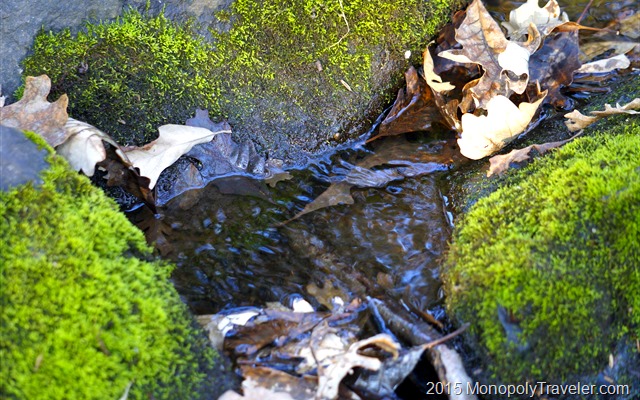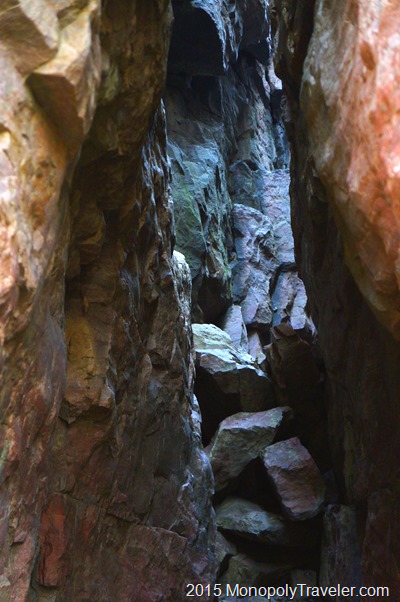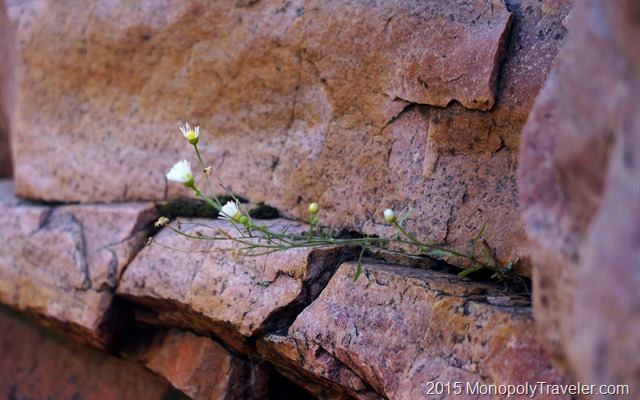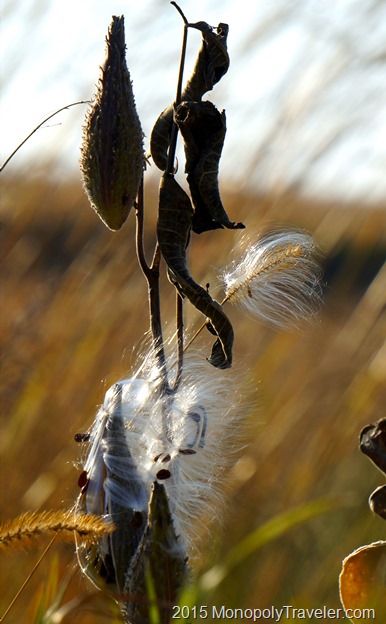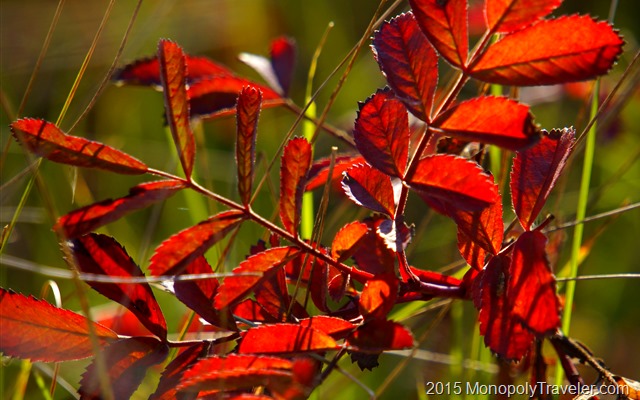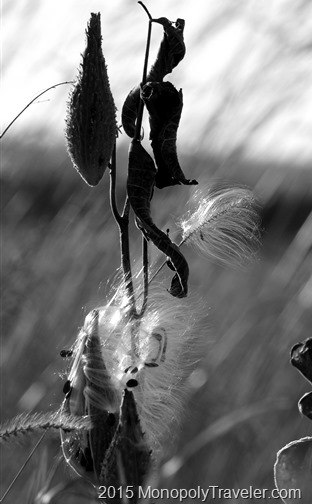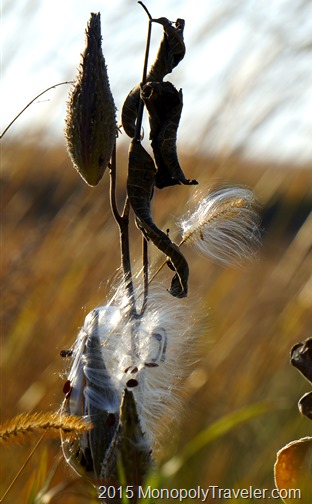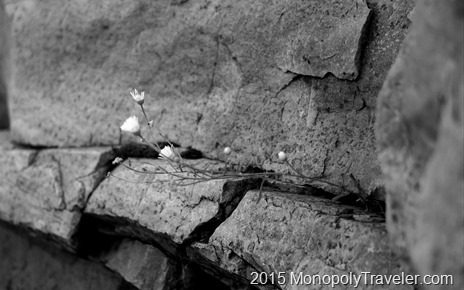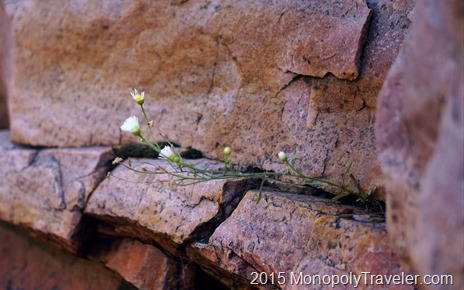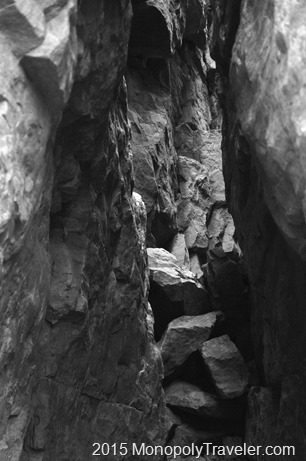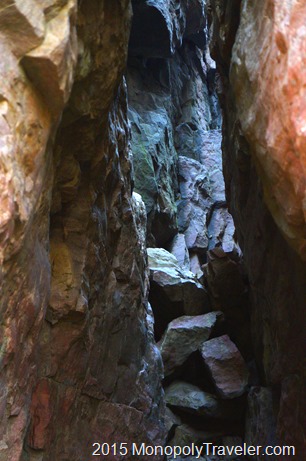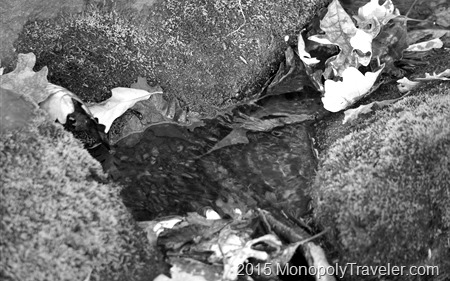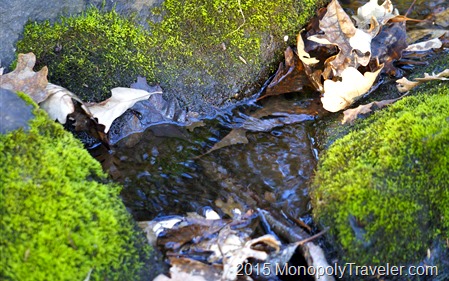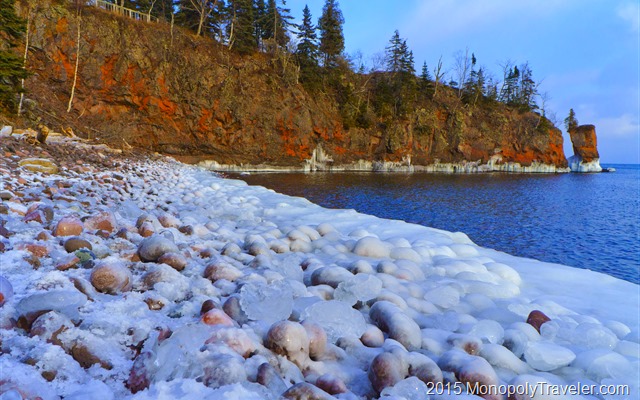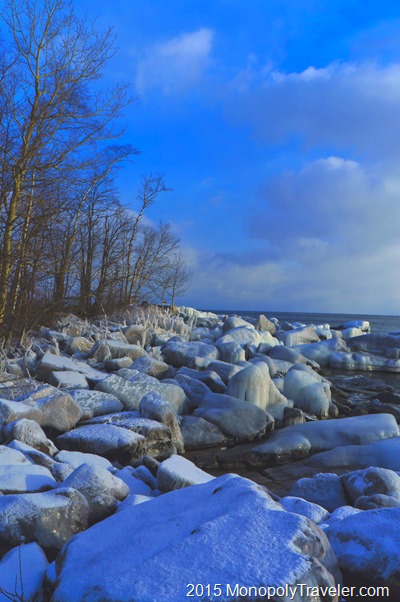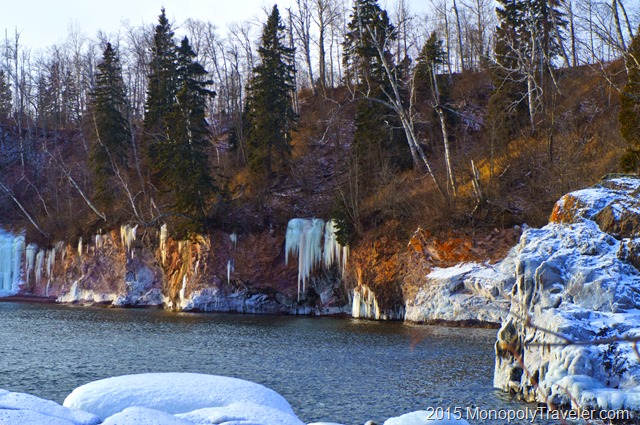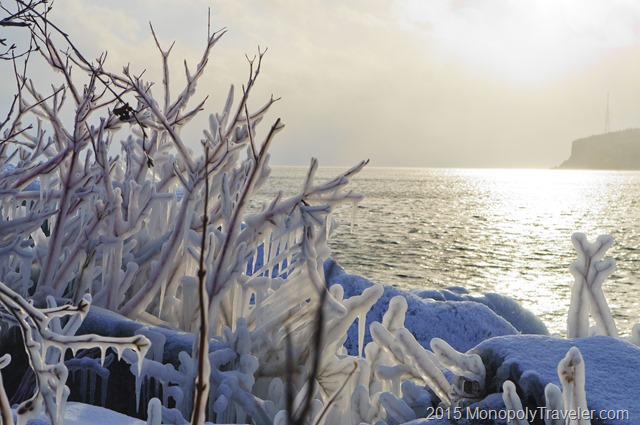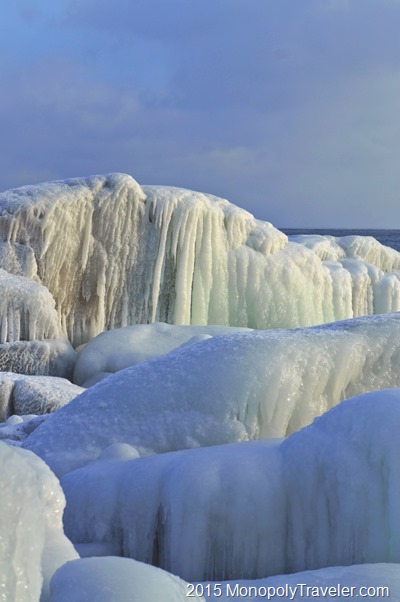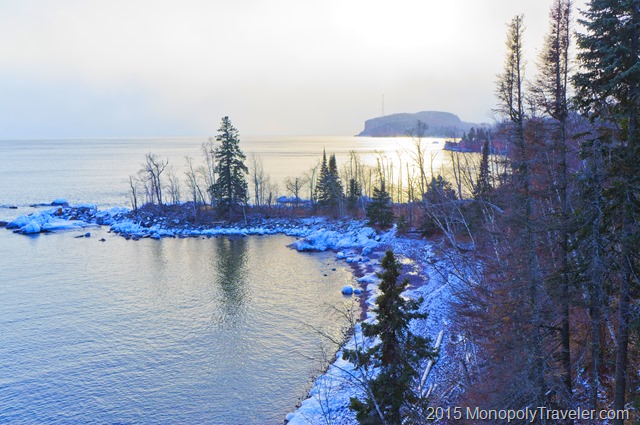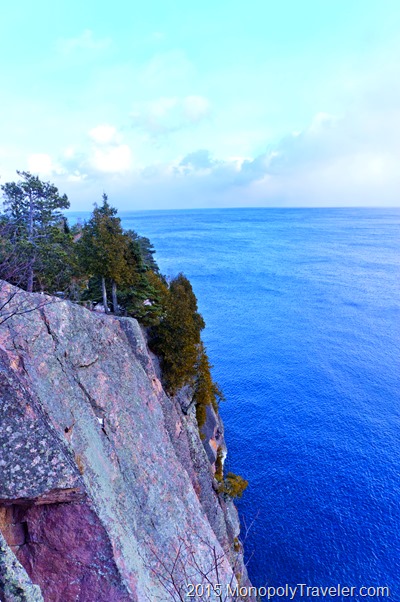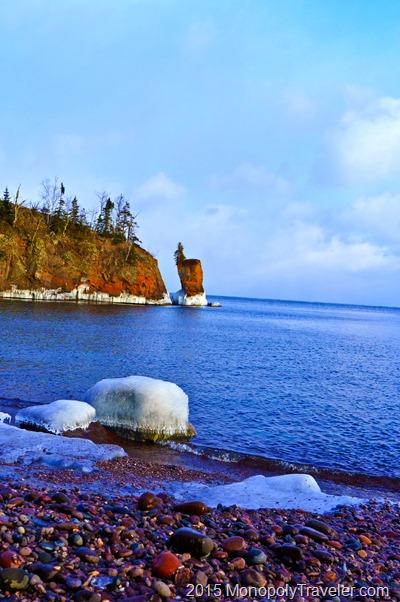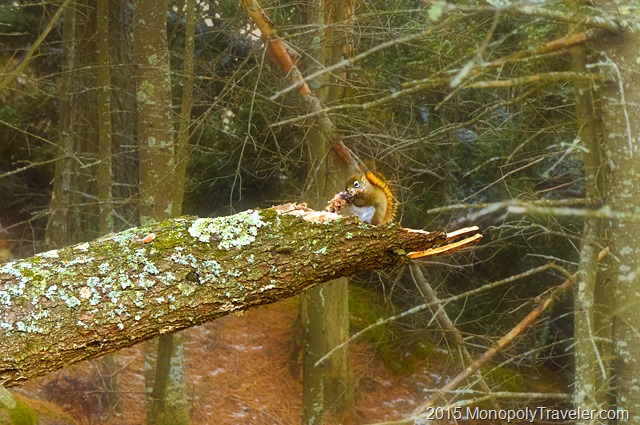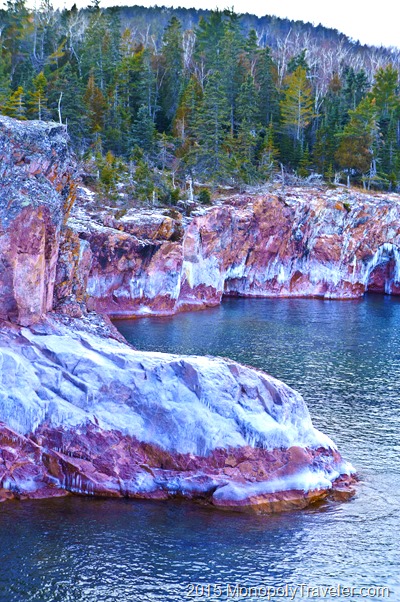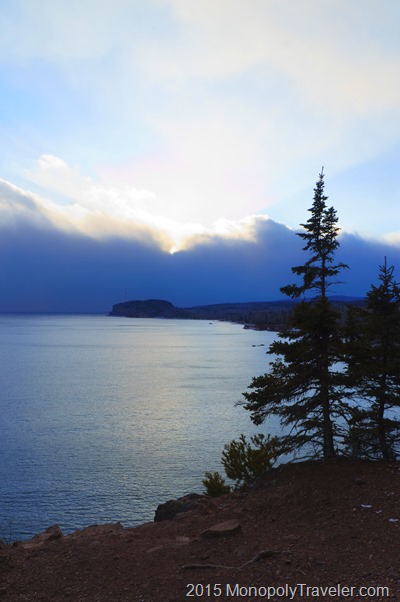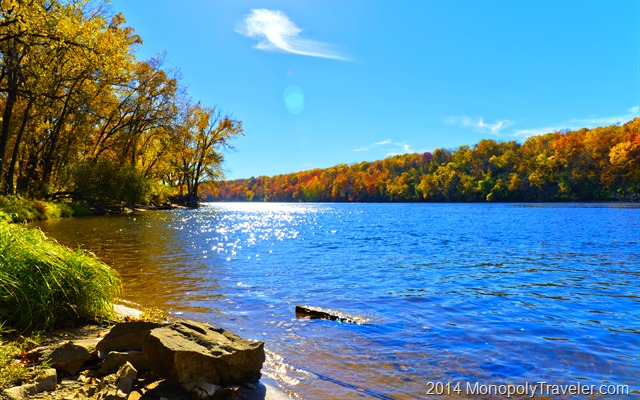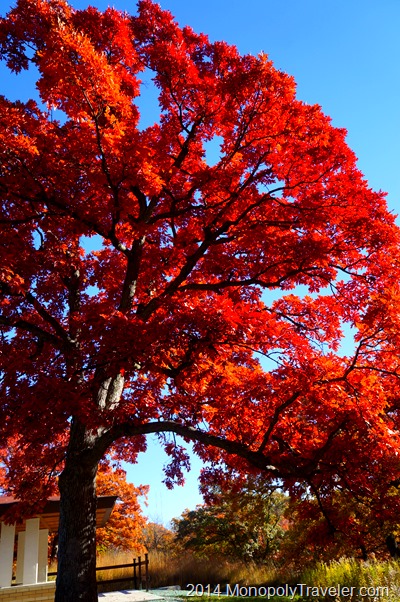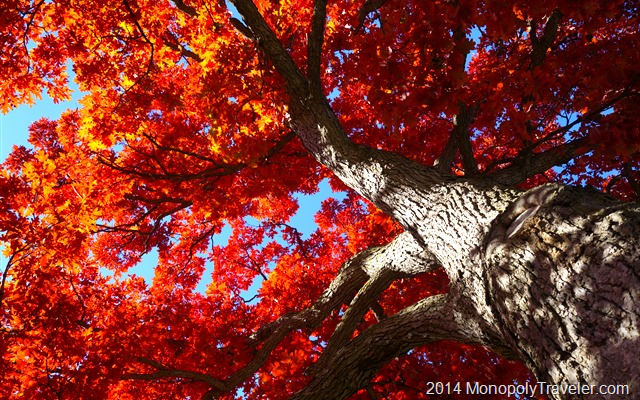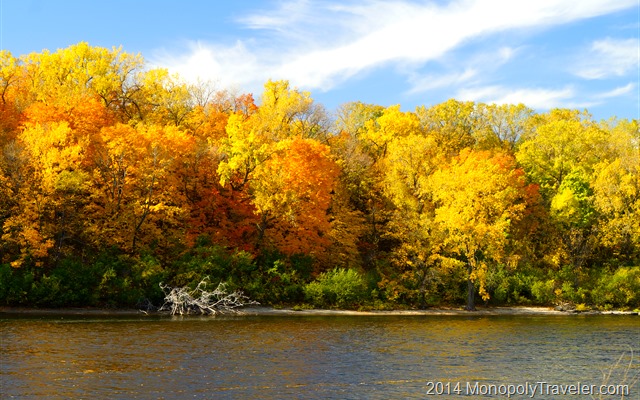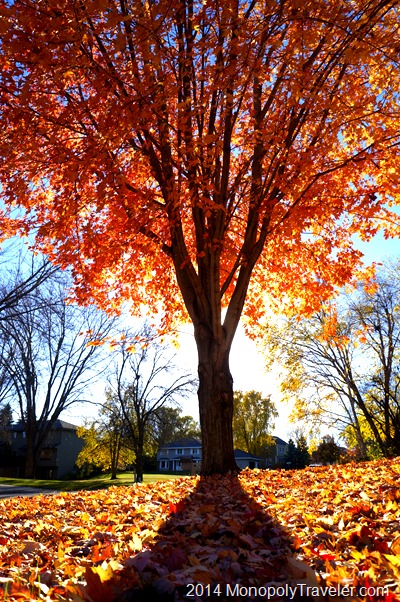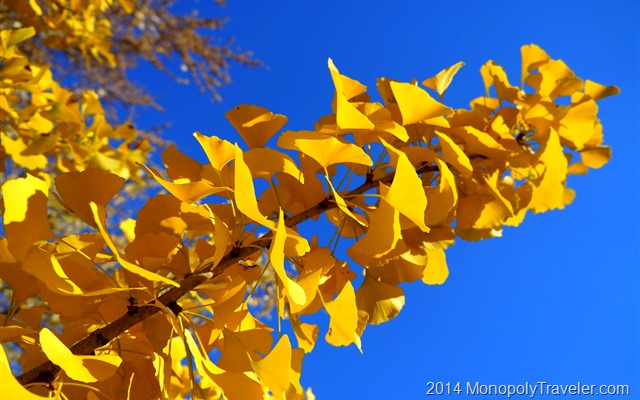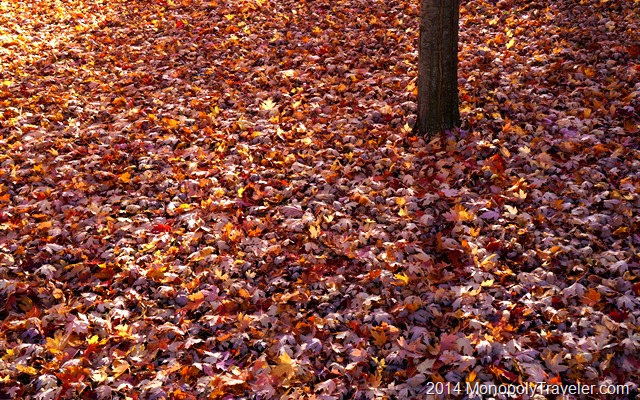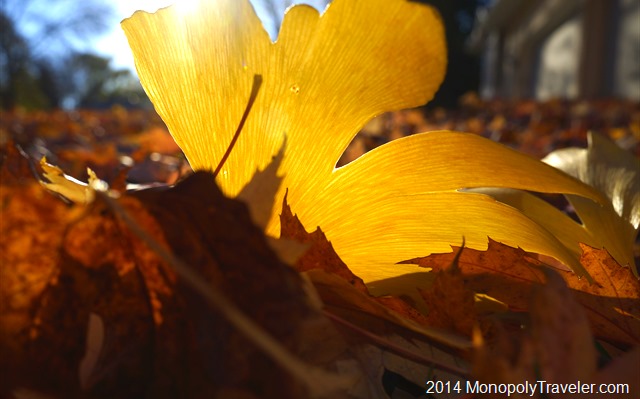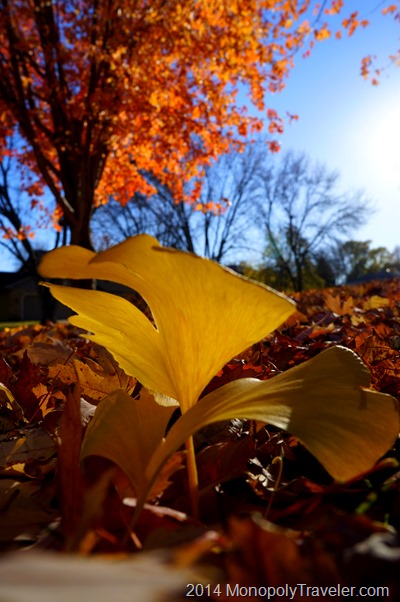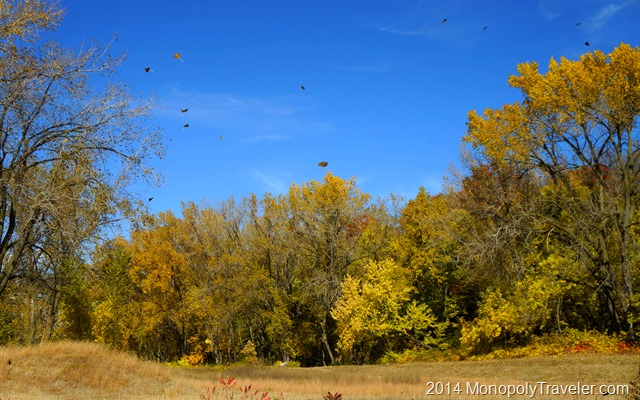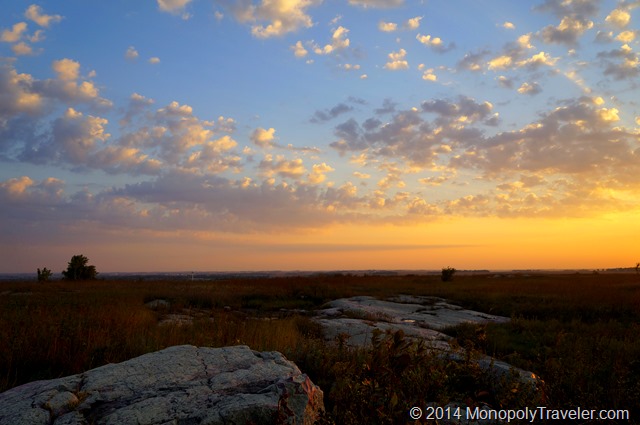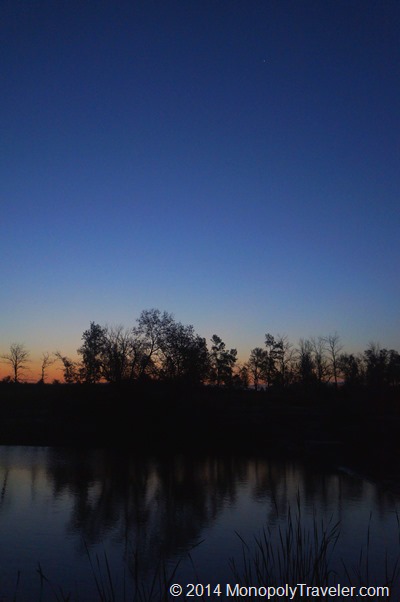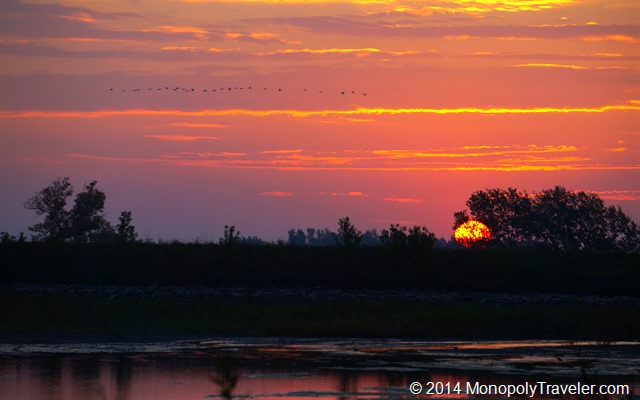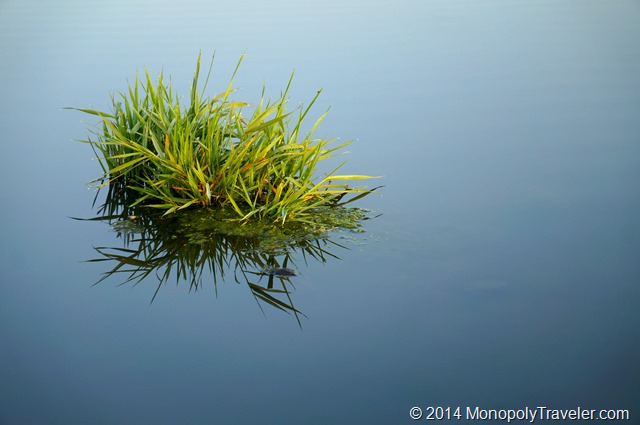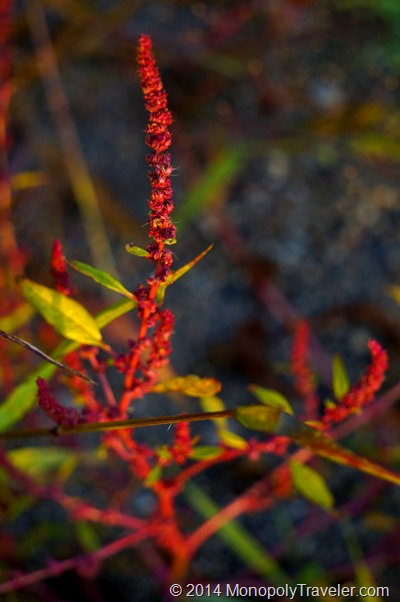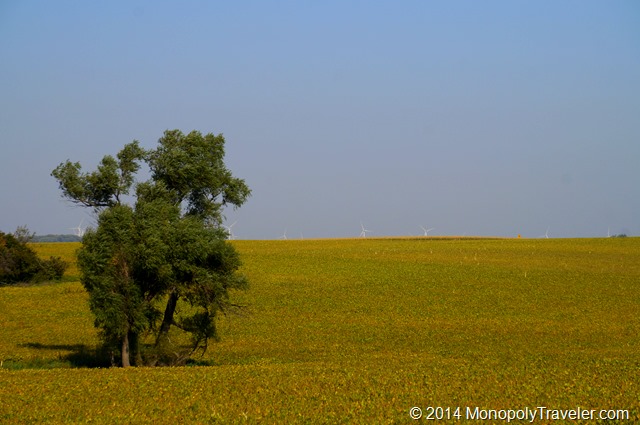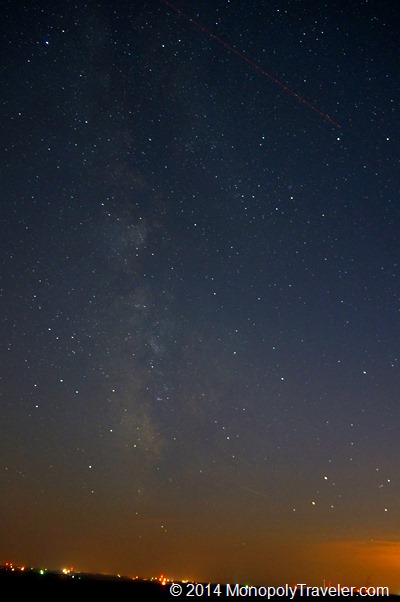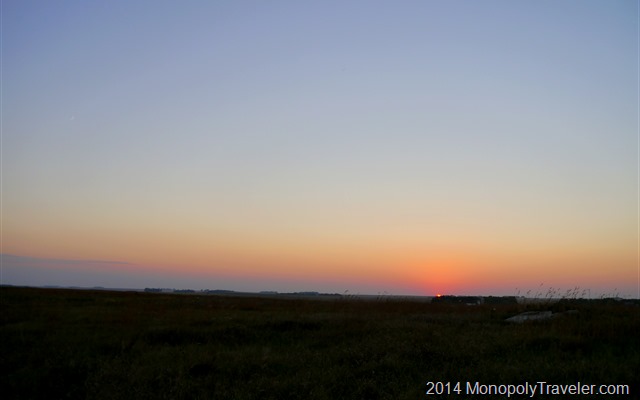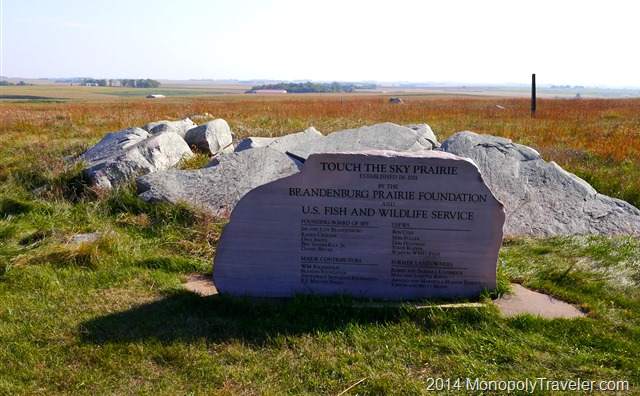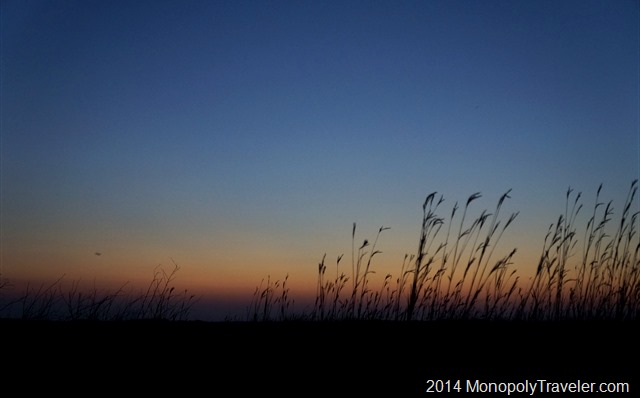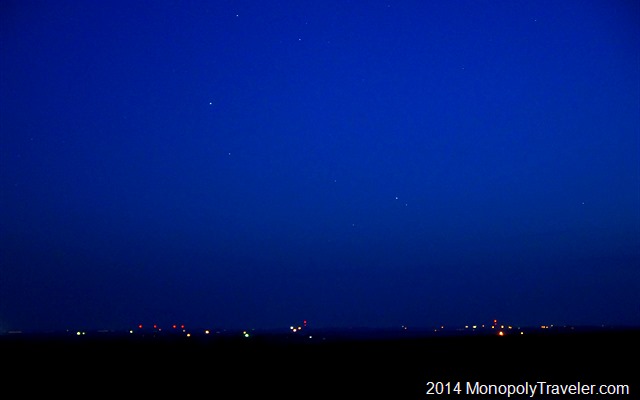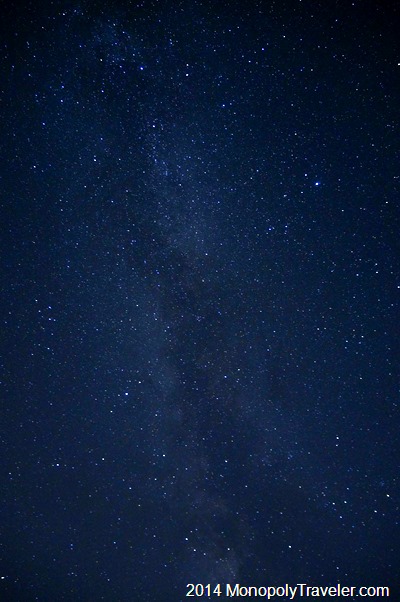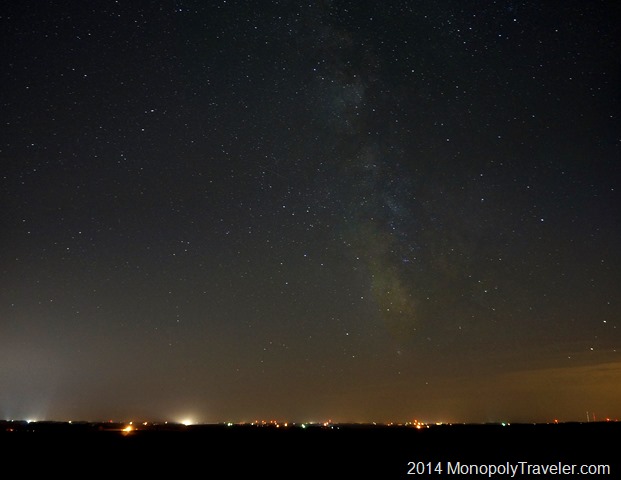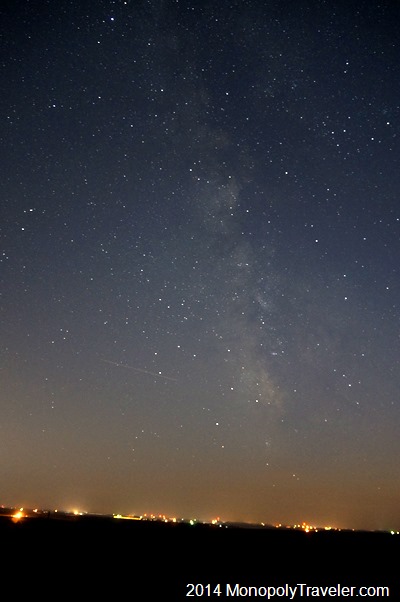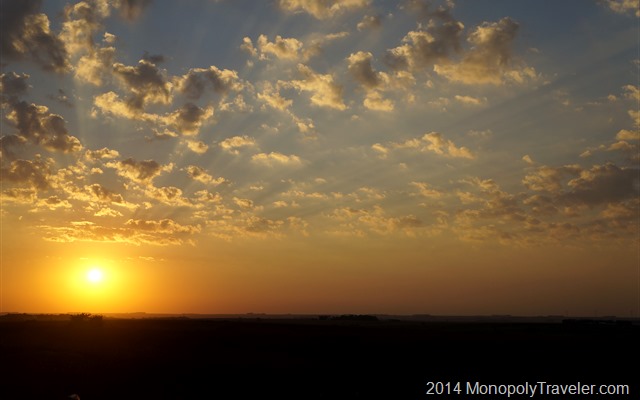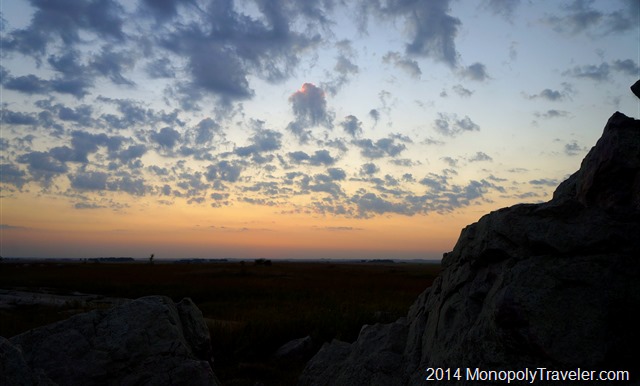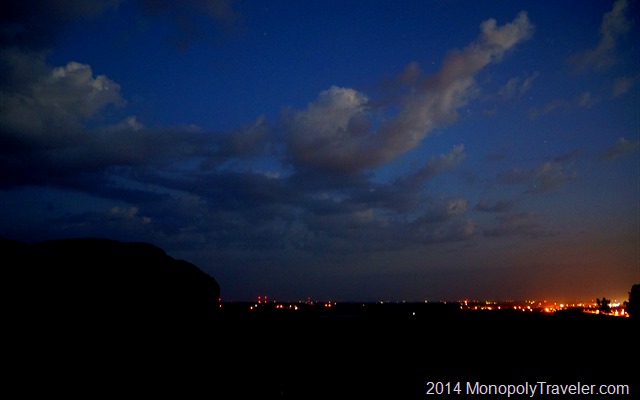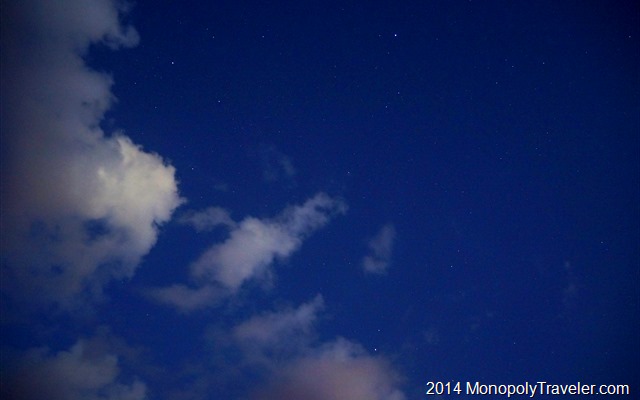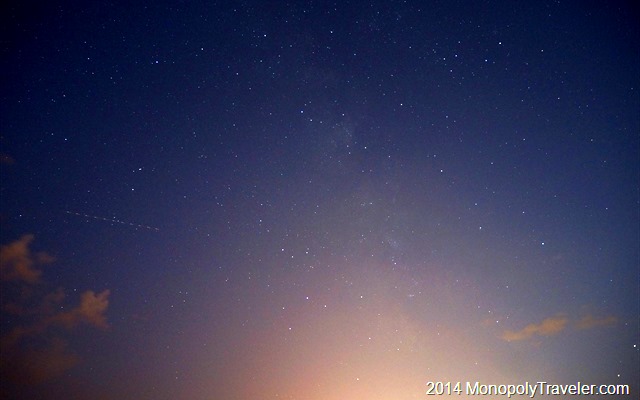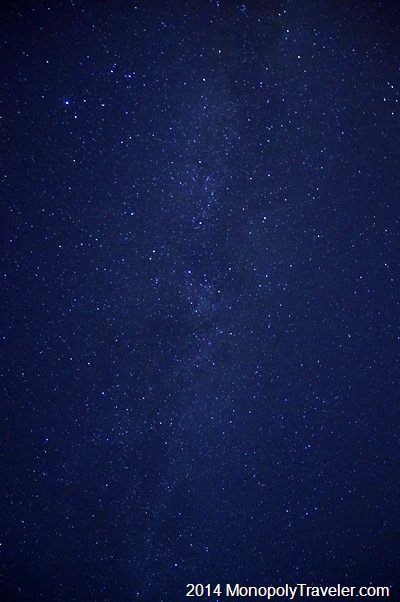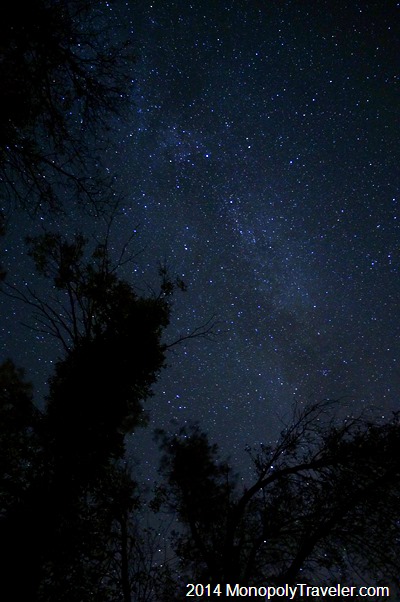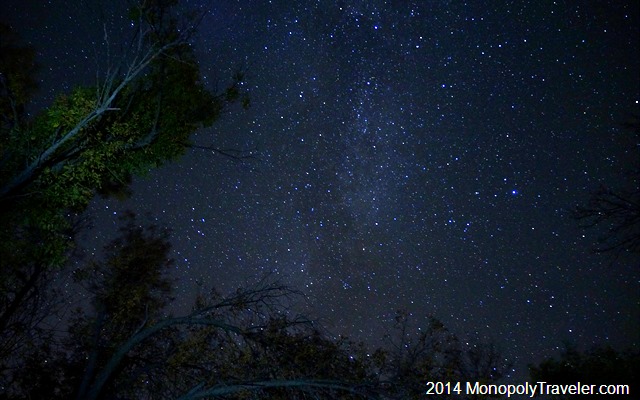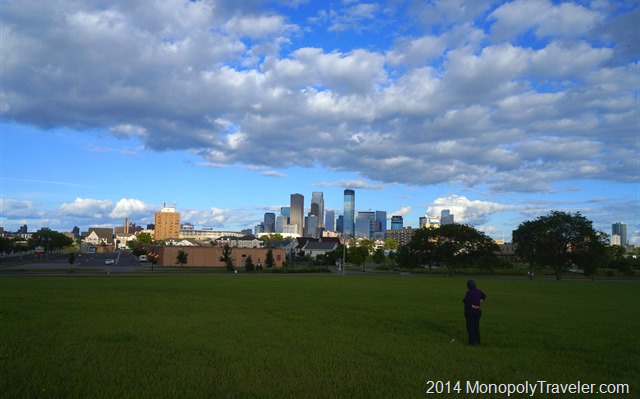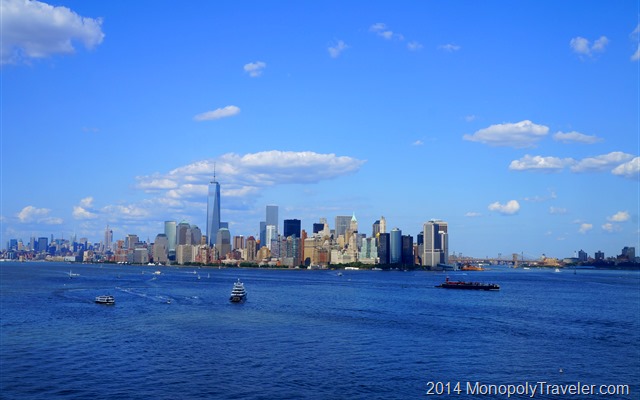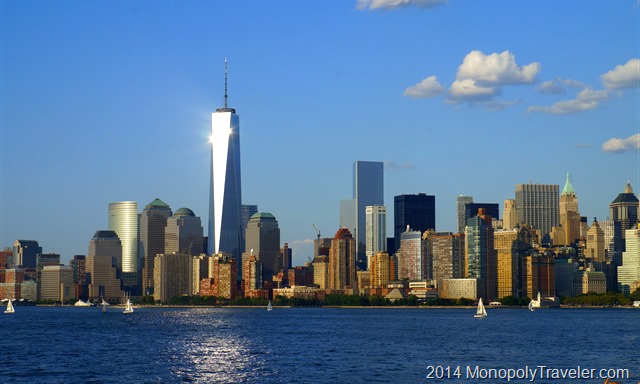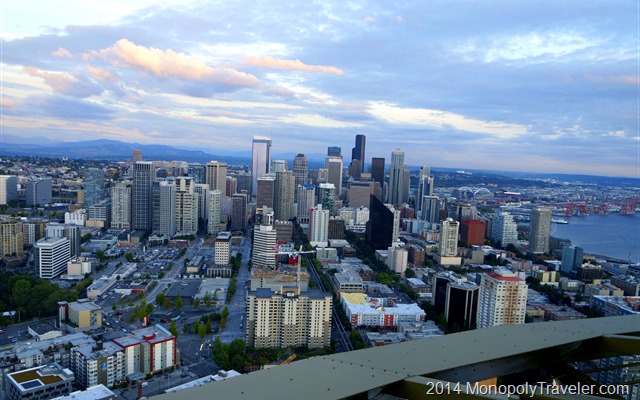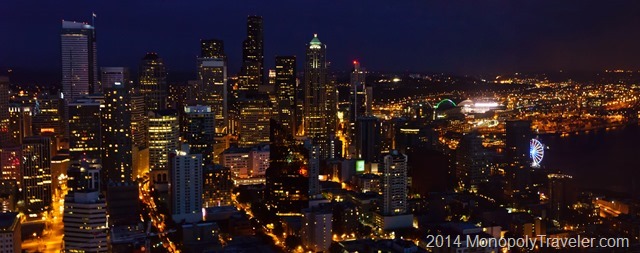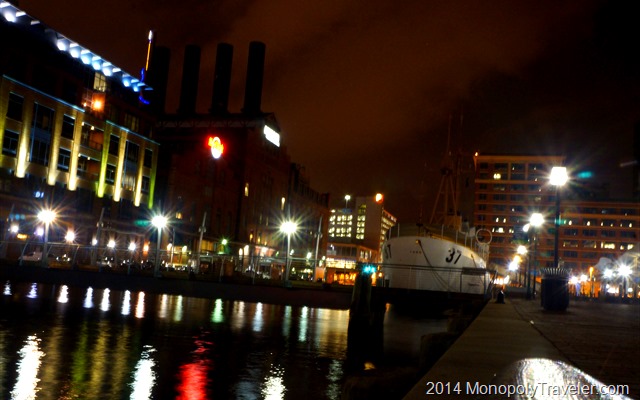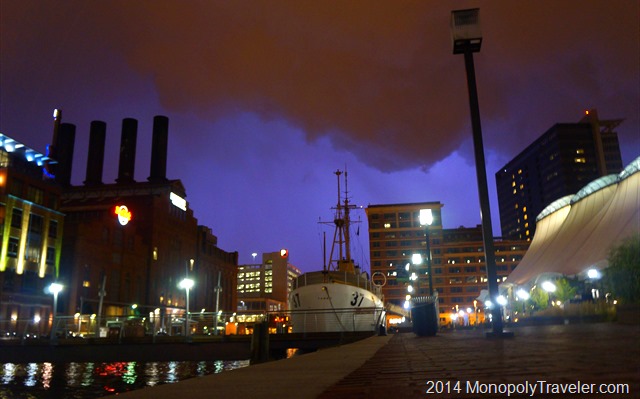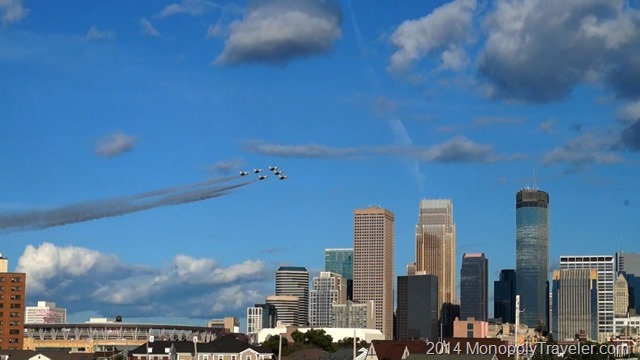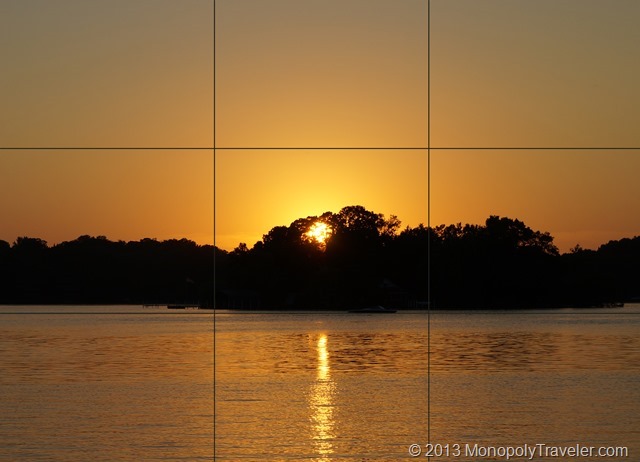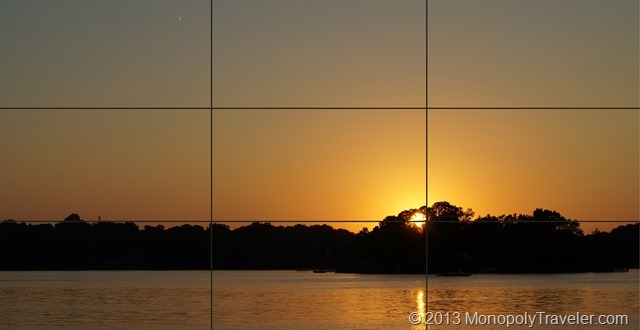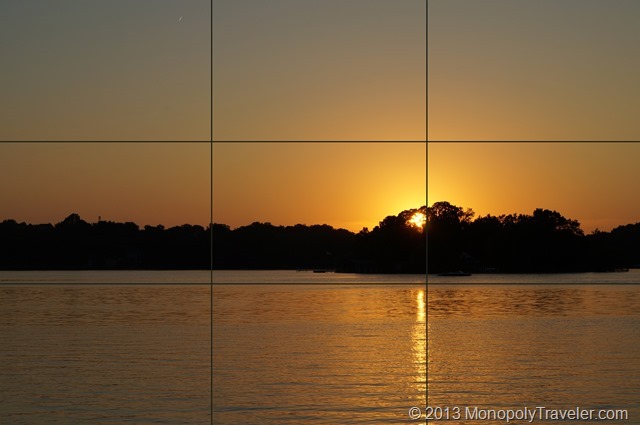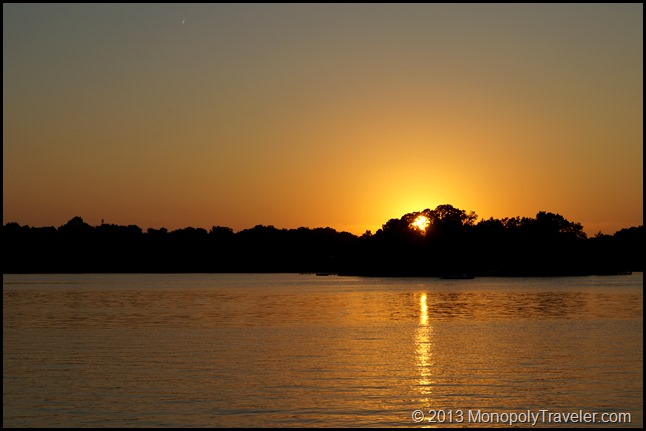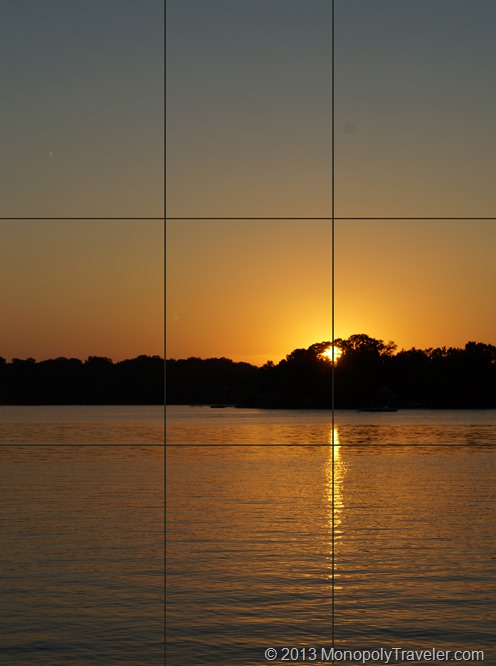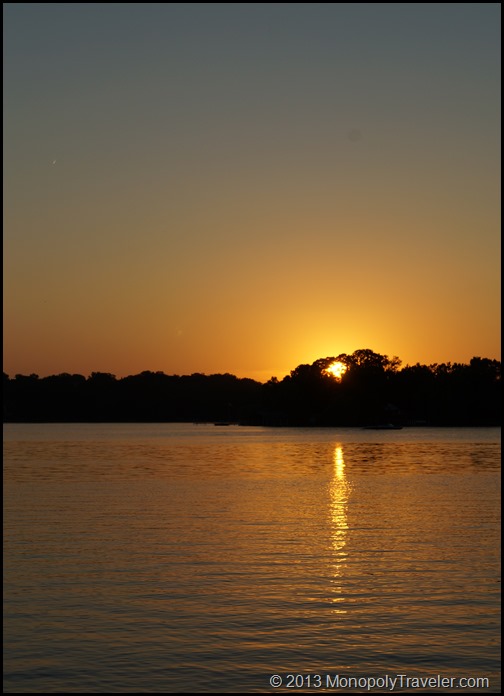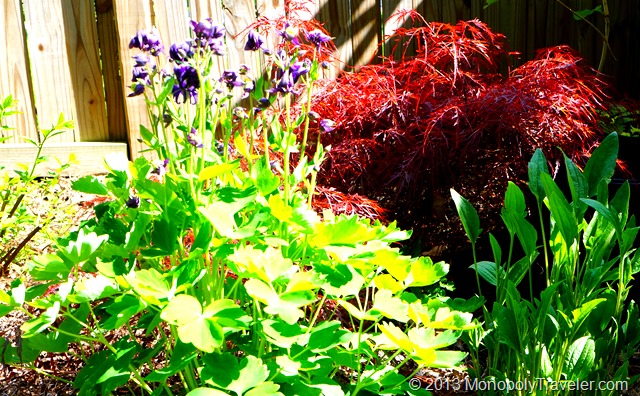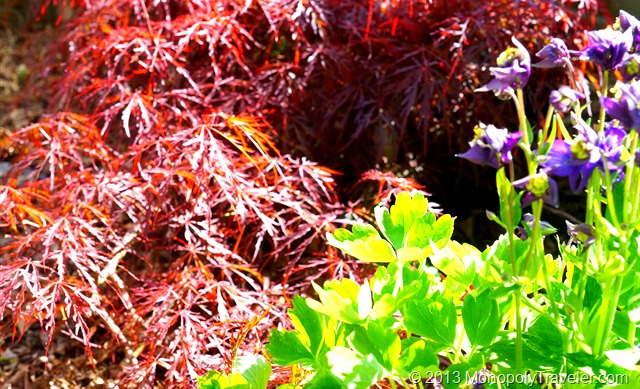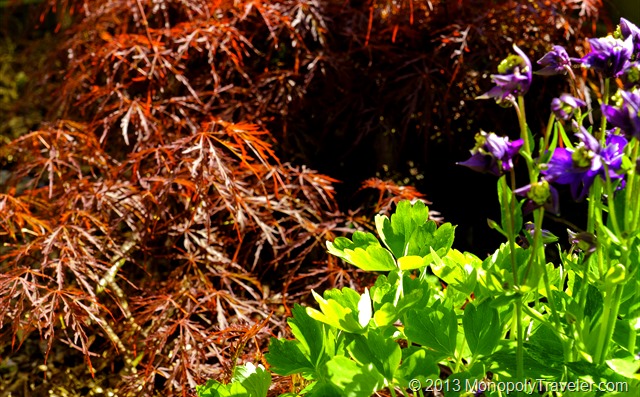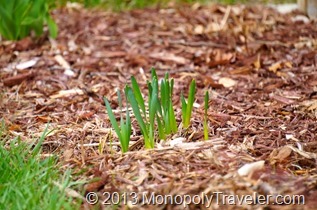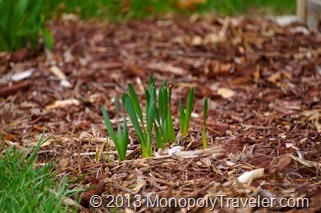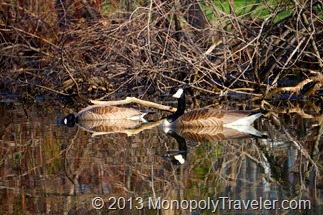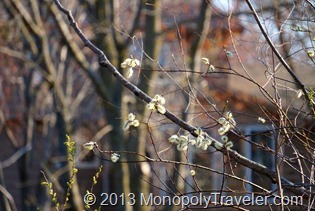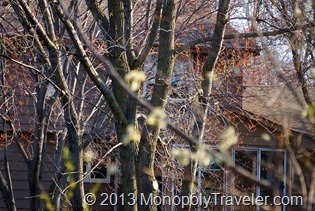When going out to take pictures I generally stick to the landscapes and/or wildlife as that is what I enjoy the most but from time to time I see textures or colors together and attempt to capture them. On a recent trip to Blue Mounds State Park I took several artistic pictures from a few places that I saw interesting combinations so here are a few of those.
In the picture above I thought the softness of the water and moss growing on the rocks contrasted nicely with the hardness of the fallen leaves. In addition, the colors contrasted beautifully together. Taking this photograph at another time of day could have given better light to really create a great picture and set off the colors.
While exploring the park I came across a number of places where the rocks were split apart exposing different patterns and colors. This was one of more unique pictures with the pinks of the rock closest to you and more of a green tone which is amplified by the shading of the sunlight as you look through this crevice. Also, I liked the text of the fallen rocks as you peak through this photo.
Another great contrast with one little flower managing to survive in a crack in the stones. Also, the purity of the white flowers against the irregular cracks in this hard, pink mottled stone add to the contrasts that I liked about this image.
Can you feel the warm breeze blowing when looking at this photograph? The grasses in the background are at an angle along with milkweed seeds all angled in the same direction and the bright sunlight illuminating it all. When I look at this picture I keep waiting for some of the seeds to fly off in the wind.
When I saw the amazing reddish fall color in these roses I kept trying to find a way to bring that out. The sun showing through these leaves provided the perfect light to bring these brilliant colors out which contrasted beautifully with the still green grasses surrounding this plant. In addition, the bright sunlight highlights the serrated edges of the rose leaves against the straight blades of the grasses making for a nice texture contrast.
Analyzing my ‘artistic’ photographs there are usually two main elements that catch my attention: contrasting textures and contrasting colors. With that in mind, I wonder how some of these may look as black and white photographs eliminating the contrasting color aspect?
Seeing these two next to each other I really like the black and white version as well. Just focusing on the textures and evident wind makes for an interesting photograph.
With this image the black and white version is not as interesting but still not bad. If I had focused on creating a black and white picture I would have taken it at a different angle to get the white flowers against the solid stone above them allowing the cracks to show through without being covered by the flowers and the flowers could contrast against the stone without the cracks taking away them.
I was amazed at how much I like this photograph in black and white. Removing the color really gives a sense of peering in between these large rocks and shows the shapes and shadows in much more detail. This little addition to this post may be helping me rethink the idea of black and white photographs. I certainly did not plan on doing this with this post. Since I’m having so much fun with it let’s try the top picture.
No, this picture does not benefit from the conversion to black and white. It eliminates the effect the moss has which is one of the things I like about it. Definitely worth trying though.
I won’t even consider trying the rose picture because the purpose of that photograph is the bright red colors. Hopefully this was interesting to look over. It was for me to write it.

